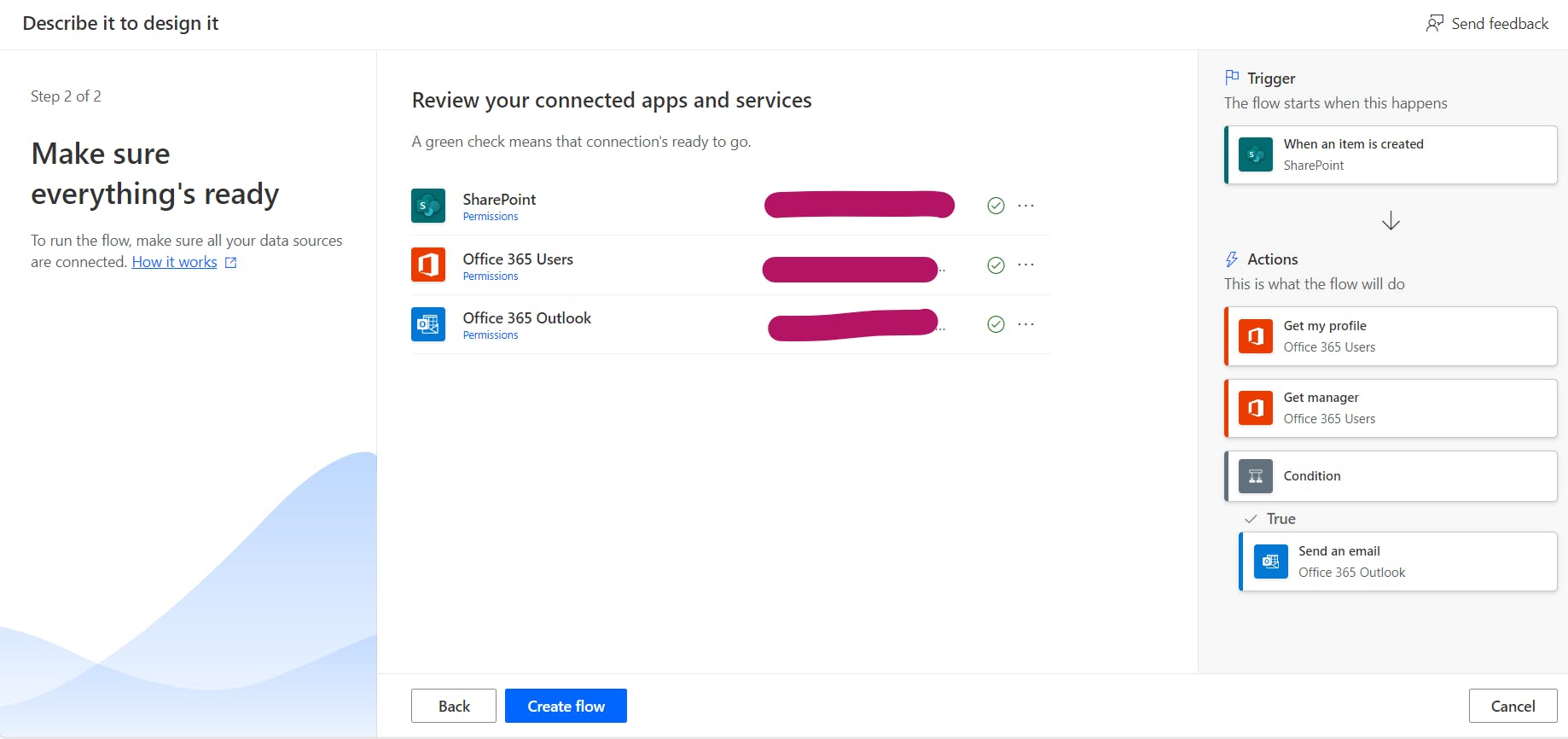Have you ever wished you could create a flow in Power Automate by describing what you want to do in natural language? Well, now you can with Power Automate Copilot, a new feature that helps you build, edit, and run automation through a chat experience.
Copilot is powered by Azure OpenAI Service, a generative AI technology that can understand your intent and create a flow based on the scenario prompt you provide. You can also ask Copilot questions about your flow and the product, and it will answer them or provide relevant documentation links.
Copilot is available for Power Automate's cloud flows, desktop flows, and process mining. This blog post will focus on using Copilot for cloud flows and automation that run in the cloud and can connect to various services and applications.
How to use Copilot for cloud flows: To use Copilot for cloud flows, you need to have a Power Platform environment in one of the supported regions. You can check the availability by region here. You must also have the appropriate permissions to create and run flows in your environment.
To start using Copilot, follow these steps:
Sign in to Power Automate and go to the cloud flows designer.
Use the CoPilot Pane to enter your prompt.

After you enter your prompt, for example:
Send an email to my manager when a new item is added to a SharePoint list
Copilot will try to understand your intent and create a flow for you. It will also ask you for confirmation or additional information if needed.

You can see the flow that Copilot created for you in the designer. You can also edit the flow using the designer or ask Copilot to make changes.

When you are satisfied with your flow, you can save it and run it from the designer or the flow details page.
Some examples of prompts that you can use to create a flow with Copilot are:
Post a message to a Teams channel when a new file is uploaded to OneDrive
Create a calendar event when a new row is added to an Excel table
Get weather information for a city and store it in a variable
Send a reminder email to attendees one hour before a meeting starts
You can also use Copilot to edit an existing flow by opening it in the designer and asking Copilot to make changes for you. Here are some examples of requests you can make to Copilot:
Add a condition to check if the file name contains "report."
Update the subject of the email to include the date
Replace the Excel action with a Google Sheets action
Delete the last action in the flow
Rename the flow to " a fancy Copilot Flow."
You can also ask Copilot questions about your flow and the product, and it will attempt to answer them or provide relevant documentation links. Some examples of questions that you can ask Copilot are:
What does my flow do?
How can I share my flow with others?
How can I trigger my flow manually?
How can I access child flows?
How can I debug my flow?
Benefits of using Copilot for cloud flows:
Utilizing Copilot for cloud flows can save time and effort when creating and editing automation. There's no need to be familiar with the designer or the actions and triggers available in Power Automate. Describe your desired outcome in natural language, and let Copilot handle the rest.
Copilot can also help you learn more about Power Automate and its capabilities. By observing how Copilot creates a flow, you can gain insight into the logic and parameters used. Additionally, you can ask Copilot questions and receive answers or documentation links to enhance your skills and knowledge.
As a developing technology, Copilot is continually being refined and improved. It is optimized for use with the English language and offers limited support for other languages. While it may not be able to address all scenarios or requests, it strives to provide helpful responses. You can also give feedback to Copilot by clicking the thumbs-up or thumbs-down icons in the chat pane.
Conclusion
Power Automate Copilot is a groundbreaking feature that enables users to automate their workflows using natural language. Copilot can create, edit, and run cloud flows by describing what you want to accomplish, making the automation process more intuitive and efficient. Furthermore, it serves as a learning tool, answering questions about Power Automate and its capabilities. Although it's still an evolving technology focusing on the English language, it endeavors to assist in the best way possible, offering a unique and time-saving approach to cloud-based automation.
Links
To learn more about Copilot for Power Automate and how to use it for cloud flows, explore the following resources:


